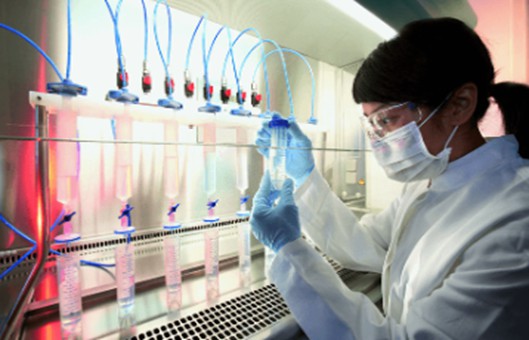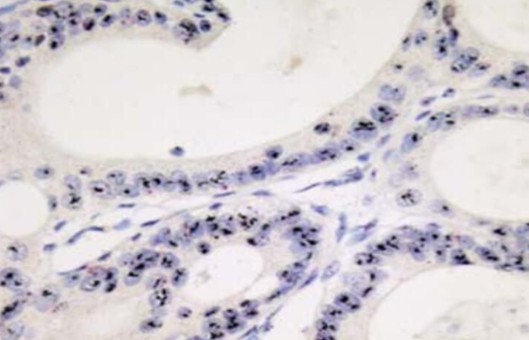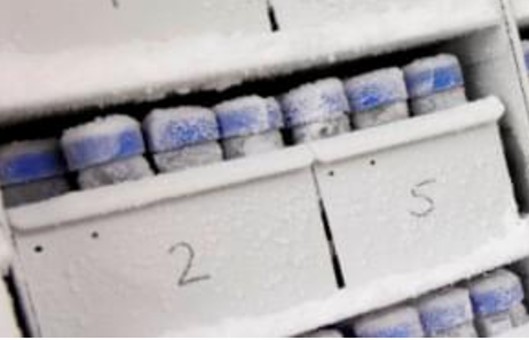Passaging, Freezing and Resuscitation Protocol for monESCs
GUIDELINE
- In 1995, Thomson used mouse embryonic fibroblasts, PMEFs, as the feeder layer and DMEM supplemented with 20% fetal bovine serum and various micro additives as the medium to establish three primate ES cell lines for the first time from macaque blastocysts, one of which was cultured in vitro for more than 1 year and the other two for more than 3 months, all of which had a stable normal karyotype and the ability to differentiate into different tissues of the trophectoderm and the three germ layers.
- In 1996, Thomson et al. established eight ES cell lines from urban monkeys, two of which were cultured in vitro for more than 1 year and maintained a normal karyotype and undifferentiated state, and could differentiate into various cell types including trophectoderm and endoderm when the feeder layer was removed.
METHODS
Cell passage and cryopreservation
- Aspirate off the supernatant.
- Add 1% Dispase.
- Place the plates in the incubator for 3 minutes to digest. Microscopic examination indicates proper digestion when PMEFs are discrete and ES cell clones are curled.
- Gently scrape off the cells with a smooth pipette and transfer them to a centrifuge tube together with the digestion solution.
- Centrifuge at 1300 rpm for 10 minutes.
- Carefully decant the supernatant, shake the cells apart, add 10 mL of 0.5 mM EDTA, and blow gently several times.
- Shake the cells apart.
- Passaging, the cells are resuspended in a culture medium after centrifugation and inoculated onto a new feeder layer of cells.
- Cryopreservation. Prepare lyophilization solution (DMSO: FBCS=1:9). The cells are transferred into the lyophilization solution, mixed well, and dispensed into lyophilization tubes. One lyophilization tube holds 1 mL of the mixture. Freeze the cells according to the freezing procedure. Store in a -80°C refrigerator.
Cell recovery
- First prepare the MEF feeder layer cells the day before resuscitation.
- Preheat the monESCs culture solution in a 37°C water bath.
- Remove the cells from the liquid nitrogen and put them into the 37°C water bath to thaw rapidly. Hold them with forceps and stir them back and forth until they melt.
- Transfer about 0.5 mL of the frozen cell suspension to a 15 mL centrifuge tube, followed by the addition of about 4.5 mL of pre-warmed monESCs culture medium drop by drop (volume of frozen cells: volume of culture medium at recovery = 1:9), and centrifuge at 1000 r/min for 3 minutes at room temperature.
- Cells are resuspended with monESCs culture medium and then inoculated onto pre-prepared feeder layer cells.
- The monESCs culture medium is changed daily with fresh monESCs culture medium.
Creative Bioarray Relevant Recommendations
- Embryonic stem cells (ES cells) are pluripotent stem cells derived from the inner cell mass of a blastocyst, an early-stage preimplantation embryo. Creative Bioarray provides a wide range of embryonic stem cells and corresponding stem cell media, to help our customers realize efficient and accurate cell research.
NOTES
The non-essential amino acids added to the medium must be stored away from light, and the prepared ES medium must also be stored away from light. The maximum time for using the prepared ES medium in a 4°C refrigerator should not exceed 2 weeks, otherwise, the ES cells will grow slowly, and for newly revived ES cells, sometimes they cannot even grow up.


